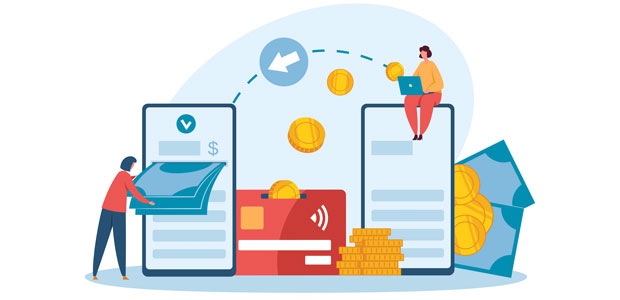
What's the deal with payment rails?
Much has been written about payment rails in the news lately, as neobanks and fintechs continue to flood the market with new and innovative banking and payment products. Simply put, any business that deals with transactions in any shape or form must also deal with payments, and ultimately, payments rails.
So, what are payment rails?
Any time that a non-cash payment is sent between two parties, it travels via a payment rail. As the best-known payment rails like SWIFT and SEPA (Single European Payment Area) make up only a tiny fraction of the vast network of payment rails that connect the world’s businesses and financial institutions, knowing which payment rail is best for each business is a challenging, but worthwhile task.
As the name suggests, the best way to understand payments rails is to imagine a vast rail network connecting the world. When departing one station for another, there are likely a vast number of potential routes that a passenger could take to reach their destination, with that number increasing the further away the destination is. In many cases, taking an indirect route can waste not only time but also money. As with train travel, crossing the borders of countries and even continents can complicate matters further, making the journey even more expensive.
Amongst the key factors to consider when selecting a payment rail are the time it takes for a transaction to be completed and the funds to arrive in the target account – the settlement time – as well as the overall cost of the transfer. In this sense, selecting the right payment rail for each transfer is vital, but the variety and complexity behind the global network of payments rails makes this difficult.
Speed is of the essence
When dealing with payment rails, decision-makers must keep the end-user in mind. In the age of mobile banking and instant access, consumers and business partners alike have come to expect a quick and seamless experience when using any service. Selecting the wrong payment rail can cause friction and damage to the customer’s relationship with that brand – this is what makes settlement time such a key differentiator when selecting payment rails.
Today, instant settlement is the northstar for payments providers, and this is becoming increasingly common for same-country payments and transfers, though this can be stunted by the transfer of very large sums of money. When dealing with international transfers, instant settlement can be hampered by differing banking practices, regulations and legislation for each country.
Not all rails are created equal
While one payment rail might be able to provide the real-time transfers of small sums domestically, that same rail may not be the right choice when it comes to cross-border or high-volume transfers. Another factor that has an impact on a rail’s efficacy is currency, as the speed and cost of certain rails can vary with different currencies.
Consequently, businesses must take both currency and geography into account when choosing a payment rail for foreign exchange (FX) and international transactions.
For example, Faster Payments, which is the most popular rail for bank-to-bank payments in the UK, caps its maximum payment at just £250,000 and has limited functionality outside of Britain, which would make it a poor choice for businesses that operate beyond its borders and deal with larger amounts.
These businesses may be better served by the SWIFT network, which operates globally and can complete transactions in virtually any currency and to virtually any country – although their settlements can often take days.
Making the right call
Given the gravity of the task, selecting the right payment partner is essential for merchants looking to offer the best experience possible to their customers, which means the fastest settlement time and lowest cost possible. Providers that offer simple API integration, for example, can enable businesses to have access to multiple different markets at once with real-time transfers and FX capabilities. What’s more, providers who offer automated Anti-Money Laundering (AML) functionalities can reduce the risk of illegal activity, without hindering the speed and security of transactions.
Thanks to our partnership with Aion Bank who has a Belgian banking licence, a branch licence in Germany, and two additional branch licences in Poland and Sweden, Vodeno offers direct access to multiple Euro-zone payment rails, local rails, as well as interbank rates for foreign exchange.
Riding the rails
Just as conducting due diligence and assessing new markets are imperative when expanding internationally, researching payment rails and finding the rails that are perfect for their business can make or break the success of that expansion.
While the underlying technology and infrastructure that make payment rails work can sound complex, understanding what they do and why they matter is not. For decision-makers, selecting the right payment rail is an essential part of ensuring their business runs as effectively and cost-efficiently as possible, and that the end-user is satisfied with their experience.
Ultimately, given their variety and number, payment rails can be a daunting task for businesses to tackle alone – but they needn’t be. With the right Banking-as-a-Service partner – one that has the industry knowledge and insight necessary to make the right call – picking the right rail couldn’t be easier.

